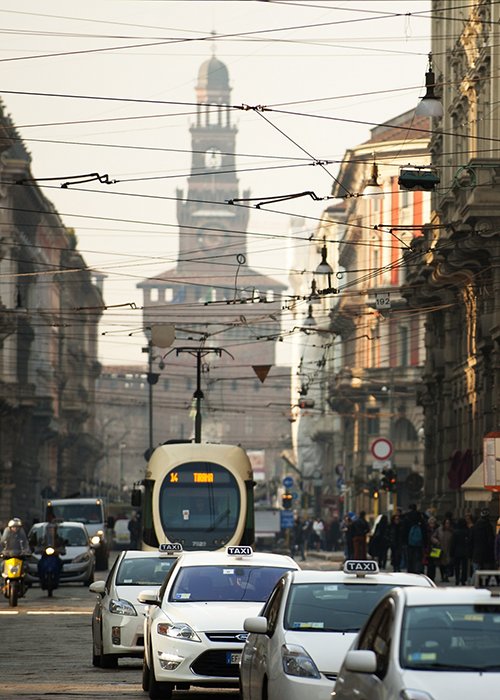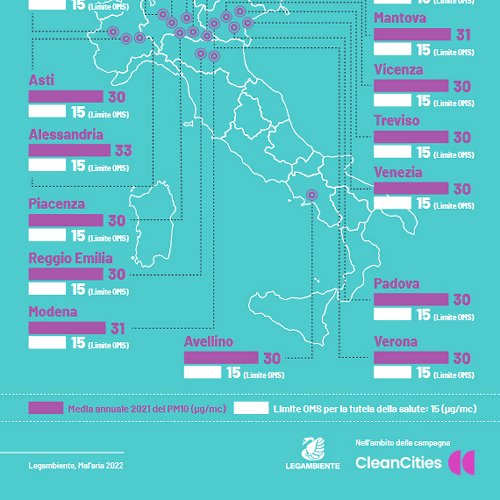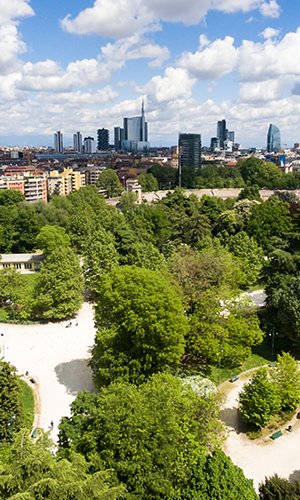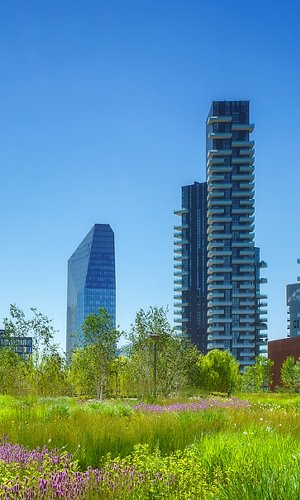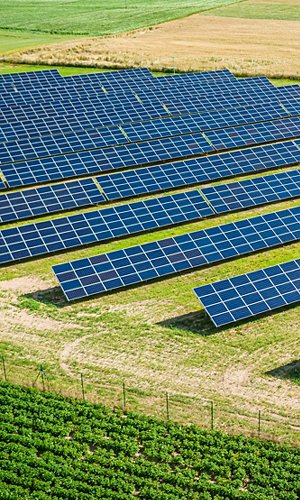Air pollution emergency in Italy: 2021 was also a “code red” year for many large cities in Italy, due to the high concentrations of fine particulate matter and ozone. The “Mal’aria di città 2022” report, the annual dossier on air and noise pollution in urban centres published by Legambiente (an Italian environmentalist association), gives an accurate picture of the situation.
Legambiente has analysed and interpreted data from 238 air monitoring stations in 102 provincial capitals, assessing in particular the three main pollutants in urban areas, namely fine particulate matter (PM10 and PM2.5) and nitrogen oxides – especially nitrogen dioxide (NO2).
Of the 238 station, 230 detected PM10, i.e. the coarser atmospheric particulate matter produced by the combustion in car engines (especially older cars) and heating systems, especially wood-burning stoves and fireplaces. Of these, 56 in 31 cities exceeded the daily average of 50 micrograms per cubic metre (μg/m3) for more than 35 days, the legal limit. None of the monitoring stations exceeded the recommended annual average limit (set at 40 μg/m3), while only nine met the new value suggested by the WHO for this parameter (15 μg/m3). The monitoring stations that recorded the highest annual average are those in Milan with 37 µg/m3, Turin 36, Alessandria and Catania with 35.
As can be seen from the infographic below, most of the cities that exceeded the PM10 limit are located in northern Italy. The climatic conditions and geographical conformation of the Po Valley basin, combined with heavy urbanisation, make these areas some of the most polluted in the world.

